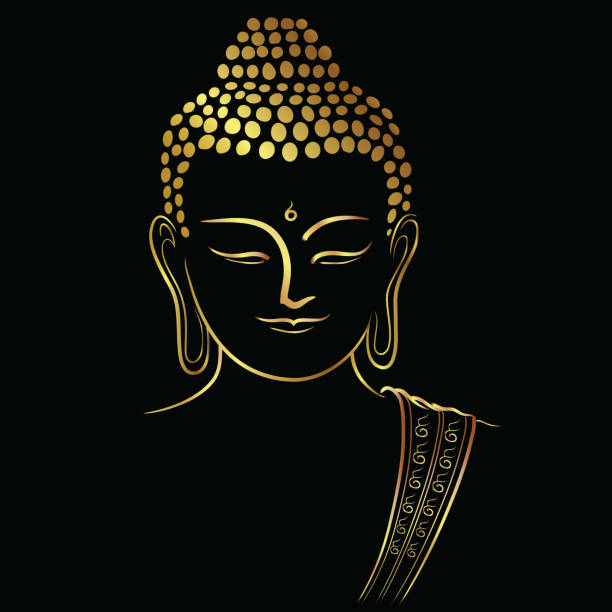
A Journey from Ritual to Realization
Table of Contents
- Introduction: Beyond the Rituals of Buddha Purnima
- Buddha Purnima: A Day of Light and Insight
- The Heart of the Celebration: Mindfulness and Meditation
- What is Mindfulness? What is Meditation?
- Why These Practices Matter Now More Than Ever
- The Buddha’s Awakening: A Masterclass in Presence
- The Spiritual Science Behind the Silence
- How to Observe Buddha Purnima Mindfully
- Simple Meditation Rituals for a Deeper Connection
- Mindfulness Beyond the Day: Making It a Way of Life
- Final Thoughts: Becoming the Light
1. Introduction: Beyond the Rituals of Buddha Purnima
For many, Buddha Purnima is a day of incense, prayers, and temple visits. But behind the rituals lies a deeper truth: this is not just a celebration of a man—it is an invitation to awaken, just as he did.
The true relevance of this sacred day lies not in outer form, but in inner stillness. And at the heart of that stillness are two profound tools the Buddha gave the world: Mindfulness and Meditation.
2. Buddha Purnima: A Day of Light and Insight
Buddha Purnima marks three pivotal events: the birth, enlightenment, and death (Mahaparinirvana) of Siddhartha Gautama—the Buddha. It’s a day soaked in symbolism: the full moon representing wholeness, completion, and enlightenment.
But this is not just a historical observance. It’s a cosmic nudge reminding us that awakening is not mythical—it is possible, even now.
3. The Heart of the Celebration: Mindfulness and Meditation
While flowers are offered and lamps lit, the true offering the Buddha would have us make is presence. Mindfulness and meditation are not add-ons to spiritual life—they are the essence of it.
On this day, we don’t just remember Buddha.
We practice what made him Buddha.
4. What is Mindfulness? What is Meditation?
Mindfulness is the art of being aware, moment by moment, without judgment. Meditation is the practice that strengthens that art—like watering a seed until it grows into a tree.
Mindfulness helps you see clearly.
Meditation helps you sit with what you see.
Together, they form the core technology of awakening.
5. Why These Practices Matter Now More Than Ever
We live in an age of acceleration. Information floods our minds, and anxiety often rides shotgun. In a hyperstimulated world, the silence of meditation feels like rebellion.
But it’s more than rebellion—it’s restoration.
Mindfulness teaches us to respond instead of react.
Meditation teaches us to rest without escaping.
In a noisy world, the ability to sit quietly is a superpower.
6. The Buddha’s Awakening: A Masterclass in Presence
Beneath the Bodhi tree, Siddhartha did not chant spells or seek miracles. He sat, still and silent, facing the nature of his own mind. That moment of unwavering mindfulness became the most significant spiritual breakthrough in history.
He didn’t awaken because he discovered something new.
He awakened because he saw clearly what was already there.
7. The Spiritual Science Behind the Silence
Modern neuroscience now validates what ancient yogis knew:
- Mindfulness reduces stress by regulating the amygdala
- Meditation rewires the brain for resilience, empathy, and focus
- Presence enhances relationships, productivity, and well-being
In other words, these ancient practices are not mystical—they are mental hygiene. On Buddha Purnima, this inner cleansing is the true ritual.
8. How to Observe Buddha Purnima Mindfully
Rather than just light a candle, be the light.
Here’s how to engage with the day meaningfully:
- Start with silence instead of screens
- Reflect on the Four Noble Truths and the Eightfold Path
- Meditate with the intention to understand, not to escape
- Practice mindful eating, mindful walking, and mindful speech
- Journal one insight or emotion with full honesty
Let the day be not only a memory of Buddha—but a mirror to your own awakening.
9. Simple Meditation Rituals for a Deeper Connection
Morning Ritual (10 minutes)
- Sit in a quiet space
- Focus on your breath
- With each inhale, say silently: “I am here”
- With each exhale: “I let go”
Midday Pause (5 minutes)
- Close your eyes
- Place your attention on sensations in your body
- Watch the dance of thoughts without joining in
Evening Reflection (10 minutes)
- Journal: “What did I learn about myself today?”
- Sit for a final round of breath awareness
- Express silent gratitude for the practice
10. Mindfulness Beyond the Day: Making It a Way of Life
If Buddha Purnima is a peak, mindfulness is the path that leads to it every day. Let the clarity of this one day become the lens through which you live each moment:
- Wake up with intention
- Eat with awareness
- Speak with compassion
- Work with presence
- Rest with peace
This is how the spirit of Buddha Purnima ripples through every ordinary hour—making it sacred.
11. Final Thoughts: Becoming the Light
Buddha once said, “Be a light unto yourself.”
He did not ask for worship—he offered a way.
On this Buddha Purnima, may you move beyond flowers and flames, and find the fire within.
May your meditation not be an escape, but a return.
May your mindfulness not be a technique, but a transformation.
And may your life become the very message of peace, compassion, and clarity that the Buddha lived and died for.
This year, don’t just celebrate Buddha.
Start becoming one.
